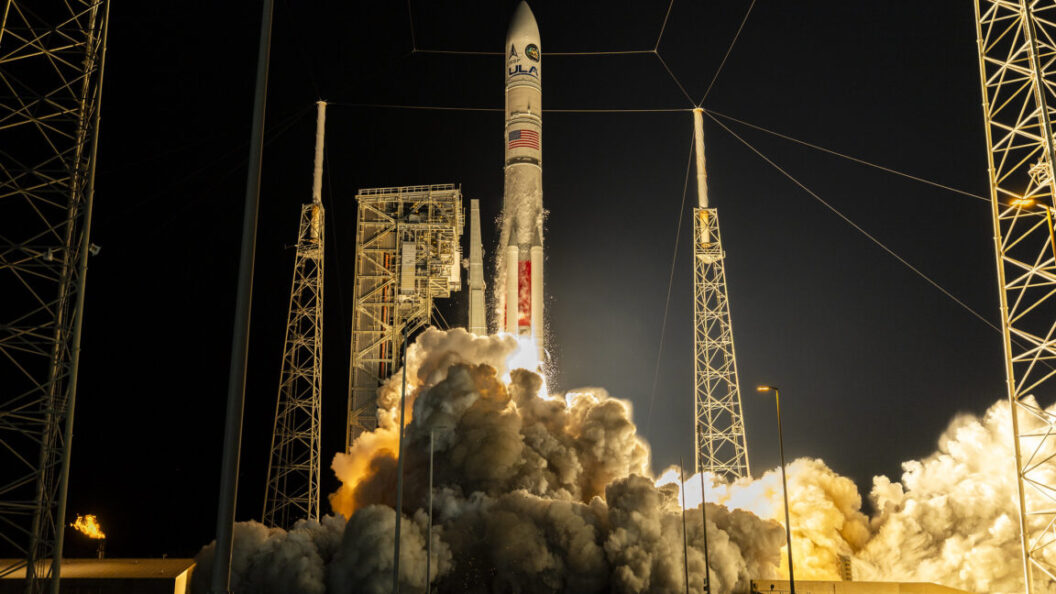SpaceX Secures Significant Launch Contracts from U.S. Space Force
On October 13, 2023, NASA’s Psyche spacecraft successfully launched aboard a SpaceX Falcon Heavy rocket from Kennedy Space Center in Florida. This event marked a significant milestone in the burgeoning relationship between the U.S. Space Force and private aerospace companies like SpaceX and United Launch Alliance (ULA). In a recent announcement, the Space Force awarded multiple launch contracts as part of its National Security Space Launch (NSSL) Phase 3 missions, further solidifying SpaceX’s role in national defense and space exploration.
Growing Partnership with SpaceX and ULA
The latest contract awarded encompasses seven new missions, predominantly assigned to SpaceX, reinforcing the importance of private sector partnerships in the quest for space security. This batch includes four missions utilizing SpaceX’s Falcon Heavy rocket, a notable scale-up in the payload capabilities required by the Space Force. The remaining missions will be conducted using the Falcon 9, SpaceX’s more ubiquitous launch vehicle.
“The fact that four out of five of these launches will utilize the Falcon Heavy underscores the increasing complexity and demands of modern space operations,” said Lt. Col. Kristina Stewart of Space Systems Command.
Breakdown of the New Missions
The missions awarded include a mix of classified payloads and communication satellites, further emphasizing the national security implications of these launches. Here’s a condensed outline of the missions:
- USSF-149: Classified payload on a SpaceX Falcon 9 from Florida
- USSF-63: Classified payload on a SpaceX Falcon Heavy from Florida
- USSF-155: Classified payload on a SpaceX Falcon Heavy from Florida
- USSF-205: WGS-12 communications satellite on a SpaceX Falcon Heavy from Florida
- NROL-86: Classified payload on a SpaceX Falcon Heavy from Florida
- USSF-88: GPS IIIF-4 navigation satellite on a ULA Vulcan VC2S (two solid rocket boosters) from Florida
- NROL-88: Classified payload on a ULA Vulcan VC4S (four solid rocket boosters) from Florida
National Security and Cost Considerations
It is essential to highlight that the costs associated with these launches differ significantly from those charged to commercial customers. Government agencies like the Space Force and NASA pay a premium for these services, a reflection of the heightened security and reliability requirements they demand. Unlike commercial missions, government operations include extensive oversight through inspections, flight data reviews, risk assessments, and security checks, which contribute to higher expenses.
While some critics argue that these costs could be reduced with increased competition, others point out that the added scrutiny and priority scheduling afforded to government missions justify the expenses incurred.
Implications for Future Space Operations
The awarding of these contracts signals a pivotal shift in the landscape of space operations, where private companies are increasingly taking on significant roles that were traditionally the purview of government programs. The reliance on SpaceX, particularly its Falcon Heavy rocket, suggests that the U.S. Space Force is preparing for missions that require larger payload capacities and more robust performance.
This partnership not only enhances the United States’ capabilities in terms of national security but also fosters innovation within the aerospace sector. As companies like SpaceX push boundaries, they are expected to drive down costs and increase efficiency for future launches, potentially benefiting both government and commercial endeavors.
Conclusion: The Path Forward
The latest round of contracts awarded to SpaceX and ULA reflects a growing dependence on private aerospace companies to meet national security needs and advance space exploration. As the U.S. embraces these partnerships, the implications of such collaborations will likely ripple through various sectors, opening doors for new technologies and methods of exploration. As we look to the future, this strategic alliance between government and the private sector may well define the next era of space innovation and national security strategies.









